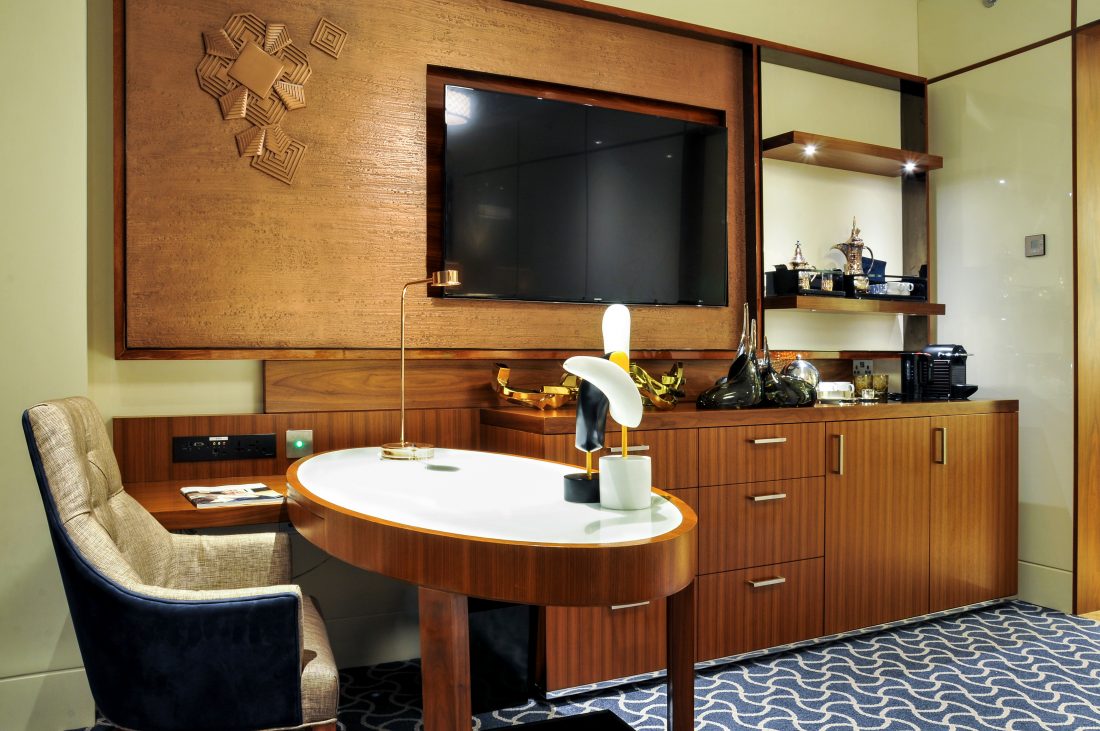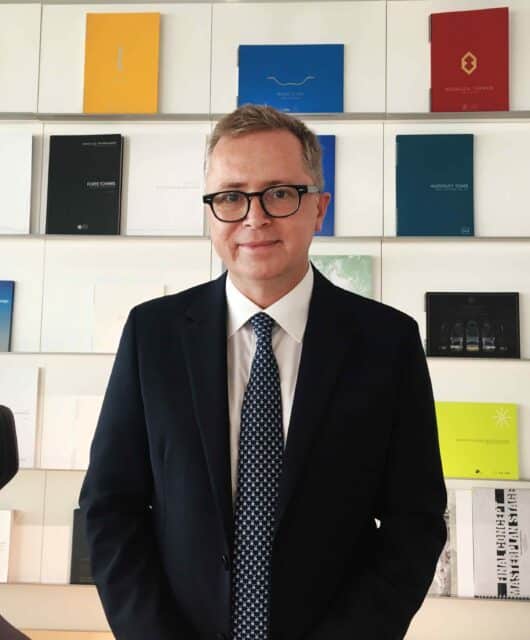As the importance of sustainability grows for companies in all corners of the world, Kamal Farah, director at Abanos, evaluates whether we’re making the right choices to reap the benefits of sustainability
 Interior design like so many other creative professions, is intimately connected to the market’s changing styles, tastes and preferences. Of these, sustainability has become one of the most interesting and important. Unfortunately, while sustainable interior design theory has made great progress on an academic level, becoming a key talking point across the industry, the reality is that project stakeholders don’t always make sustainable choices, particularly where materials are concerned.
Interior design like so many other creative professions, is intimately connected to the market’s changing styles, tastes and preferences. Of these, sustainability has become one of the most interesting and important. Unfortunately, while sustainable interior design theory has made great progress on an academic level, becoming a key talking point across the industry, the reality is that project stakeholders don’t always make sustainable choices, particularly where materials are concerned.
While it can be difficult to source sustainable materials to satisfy every project brief, especially in the Middle East, facilitating open discussion and providing better access to knowledge of sustainability and sustainable materials will play a critical role in promoting sustainable interior design practice. This will advance the region’s interiors industry to be better aligned with international best practices. Thinking globally and acting locally is where the main challenge will arise as sustainable design in the Middle East progresses.
Taking Dubai as an example, the emirate will showcase its sustainability efforts when it hosts Expo 2020, demonstrating its ambitions to become one of the top 10 sustainable cities in the world. Achieving this target requires a paradigm shift across all industry sectors, including that of interior design and fit-out. This is an industry that has particular requirements for natural resources and has potentially harmful practices at its core. Overcoming the challenge of sustainability is complex, but possible. Consumers around the world are becoming increasingly mindful of what they purchase and how their purchasing choices impact the environment. It is for this reason that opportunities exist for those in the Middle East who are ready to grasp them.
 Five advantages to practicing sustainable interior design:
Five advantages to practicing sustainable interior design:
1. By using materials that are specifically sourced and produced responsibly, companies are not only demonstrating environment-friendly business practices, but they are also creating unique messages that strengthen the value of their project.
2. The incorporation of even a few eco-friendly products or features that have been ethically sourced, interior designers can demonstrate both understanding of this fast-emerging trend and an ability to take a leadership position in designing, fabricating, and executing sustainable projects. This is already being implemented in the UAE.
3. The offer of a sustainable product will differentiate your business. Being strict with sustainability opens more doors than it closes. From ethically sourced materials and energy conscious construction processes, to reinventing spaces that allow for greater natural light and utilising FSC certified materials, different stakeholders in the project can work together to find innovative ways to deliver outstanding and forward-thinking projects.
4. The Middle East as a region, is making progress with regards to waste reduction and waste management. The interiors industry should not be an exception. For example: tiles, carpets, fabrics, and even counter surfaces can be made from recycled materials, while paints can even be manufactured using organic, non-toxic, and non-polluting ingredients.
5. In recent years, we’ve seen sustainability climb the business ladder, reaching a point at which many large companies around the world have put the issue at the heart of their growth strategy. At the same time, opportunities for companies to help solve the challenge of sustainability have never been so varied – and perhaps never so compelling. Now is the time for professionals in the Middle East to start to operate in line with global standard of best practices in sustainability.







